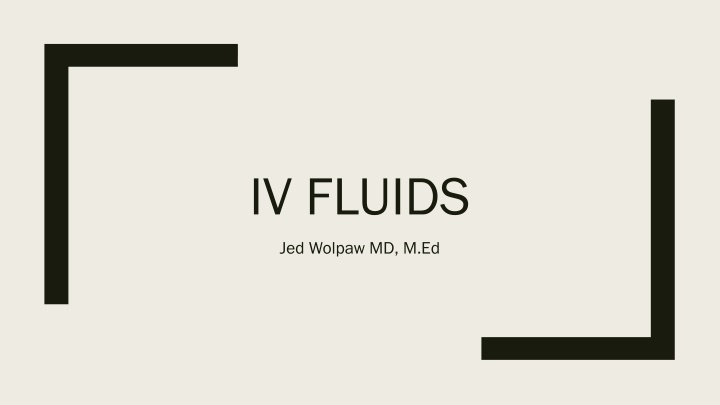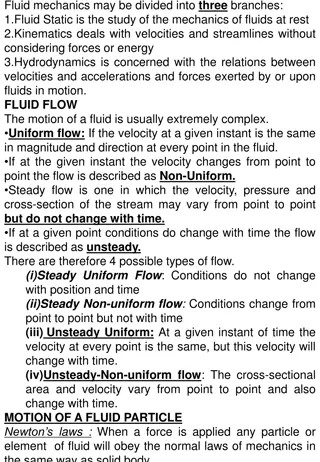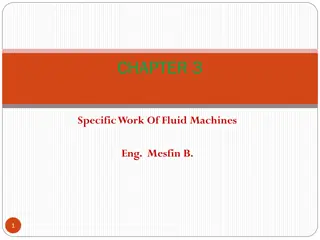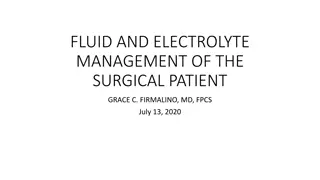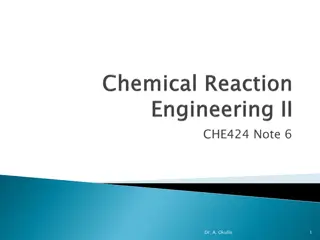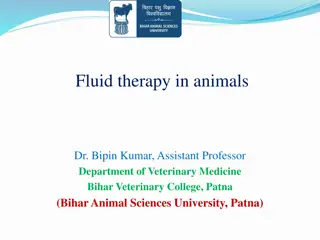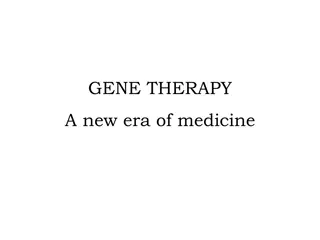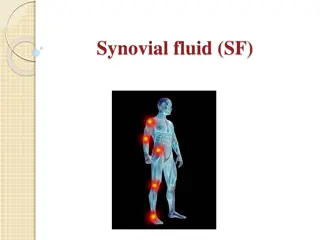IV Fluid Therapy in Medicine
IV fluid therapy plays a crucial role in medical interventions, with historical roots dating back to the 1832 cholera epidemic. Understanding the physiological aspects of fluid balance is essential for effective treatment strategies. Factors such as body composition, glycocalyx integrity, and fluid volume dynamics all influence fluid therapy decisions. Tailoring fluid resuscitation to individual patient needs, rather than a standardized approach, can improve outcomes and reduce morbidity and mortality.
Download Presentation

Please find below an Image/Link to download the presentation.
The content on the website is provided AS IS for your information and personal use only. It may not be sold, licensed, or shared on other websites without obtaining consent from the author.If you encounter any issues during the download, it is possible that the publisher has removed the file from their server.
You are allowed to download the files provided on this website for personal or commercial use, subject to the condition that they are used lawfully. All files are the property of their respective owners.
The content on the website is provided AS IS for your information and personal use only. It may not be sold, licensed, or shared on other websites without obtaining consent from the author.
E N D
Presentation Transcript
IV FLUIDS Jed Wolpaw MD, M.Ed
Based on primarily Millers Anesthesia, 8thEdition Myburgh JA and Mythen MG. Resuscitation Fluids. NEJM 2013; 369:1243-51.
History 1832 Robert Lewins treating patients during cholera epidemic Quantity needed will probably be dependent upon the amount of serum lost Paul Merik: Sepsis is not a hypovolemic state Focus on de-escalation
Physiology Water makes up about 60% of the body (varies by age, gender, body type) Lean people 75%, Obese 45% Age Neonate 6 mo 1 yr 5 yr Young adult (male) Young adult (female) Elderly TBW (%) 80 70 60 65 60 50 50 ECF (%) 45 35 28 25 22 20 20 Blood Volume (%) 9 8 7 7
Physiology ICF:ECF 2:1 excluding non-sequestered Of non-sequestered extracellular about is intravascular Sub-glycocalyceal layer holds onto some fluid that doesn t dilute hgb but does support pressure Damage to glycocalyx harms endothelial integrity: some evidence it is damaged by excessive fluid which causes release of cardiac natriuretic peptides which can damage glycocalyx (probably to get fluid out)
Glycocalyx Myburgh JA and Mythen MG. Resuscitation Fluids. NEJM 2013; 369:1243-51.
Fluid therapy Loss of up to 25% of blood volume may not have any vital sign abnormalities UOP often reduced post-op even in the presence of normal blood volume 2/2 ADH and RAA CVP influenced by venous compliance which changes in low volume so can have normal or high CVP in hypovolemia Very low CVP may be helpful Using ml/kg approach leads to greater amounts of fluid given which leads to greater morbidity and mortality when more than 3500-5L given in periop period
Goal directed therapy Using specific targets (CO, ABP, SV, etc) to tailor therapy to individual rather than giving a set ml/kg Cochrane Review in 2012 found reduced mortality, hospital length of stay Some may get more fluid (usually colloid) but it is targeted rather than indiscriminate use in studies of liberal fluid strategy Multiple studies have shown an even fluid balance after initial resuscitation in Sepsis, Critical illness, leads to better outcomes In ARDS the dryer the better Giving fluid intraop for anesthetic induced hypotension makes no sense Grocott M.P.W., Dushianthan A., Hamilton M.A., et al: Perioperative increase in global blood flow to explicit defined goals and outcomes following surgery. Cochrane Database Syst Rev 2012; 11: pp. CD004082
Crystalloid vs. Colloid 1998 Cochrane Review showed increased mortality with albumin 2004 SAFE study, almost 7000 patients, no difference in mortality Ratio of crystalloid to colloid 1.4:1, not expected 3:1 Cochrane Review 2012: No difference in ICU patients outcomes Albumin worsens mortality in TBI-subgroup of SAFE Albumin may be beneficial in severe sepsis-subgroup of SAFE CRISTAL Trial JAMA 2013: ICU pts with hypovolemic shock, most w sepsis No mortality benefit to Albumin over crystalloid at 28 days, maybe at 90 days Perel P., and Roberts I.: Colloids versus crystalloids for fluid resuscitation in critically ill patients. Cochrane Database Syst Rev 2012; 6: pp. CD000567
Hydroxy-Ethyl-Starches Scandinavian trial NEJM 2012, 800 patients Increased mortality with 6% HES CHEST Trial, NEJM 2012, 7000 ICU patients No difference in 90 day mortality, increased rates of renal replacement therapy In UK all starch has been suspended Neither trial showed difference in resuscitation endpoints, 1.3:1 ration of crystalloid:HES Interfere with coagulation, can accumulate in tissues, pruritis
Crystalloid vs Crystalloid NS vs Balanced solutions (LR, PL) Normal Saline defined as 0.9% based on faulty experiments in 1882 by Hartog Hamburger, overestimated from true value of 0.6% NS causes metabolic acidosis, associated with increased renal failure, post-op infections,
Special cases Free flaps Excess fluid is harmful and not a good way to treat hypotension, low dose pressors are safe Hepatic resection Hepatic veins are valveless, can get back bleeding CVP<5 during resection led to improved outcomes
Recommendations Myburgh JA and Mythen MG. Resuscitation Fluids. NEJM 2013; 369:1243-51.
